Drone Delivery System Automation
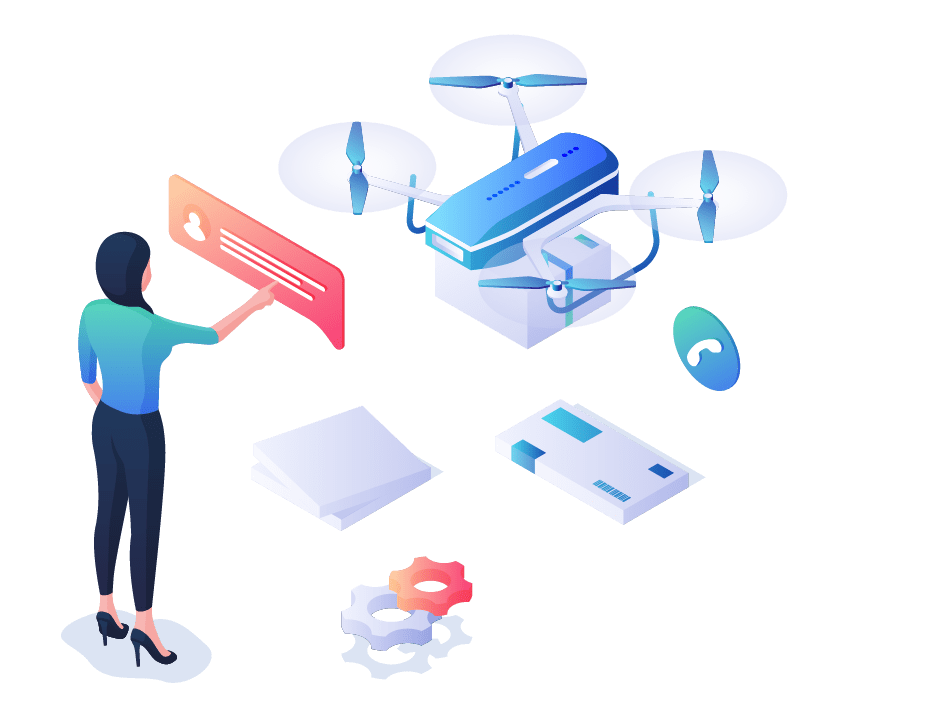

With multiple use cases, drone delivery will only grow in the coming years. Companies will need to stay invested in drone delivery programs and technology enhancements to realize this potential.
How we became leader in Drone technology?
We at webel.io have been doing research from more than 10 years to refine this technology. The refinement of drone technology has been a continuous process, with advancements being made in various areas such as flight control, navigation, sensors, and communication systems. To refine our drone technology, we focused on improving the drone’s flight stability, increasing its payload capacity, and enhancing its communication and navigation capabilities. We achieved this by integrating advanced sensors, such as GPS and obstacle avoidance systems, into our drones, using more powerful motors and batteries, and improving the software algorithms that control the drone’s flight. As a result of these refinements, our drones are now more reliable, efficient, and capable of performing a wider range of tasks, making them an essential tool for various industries, including agriculture, logistics, and surveying.
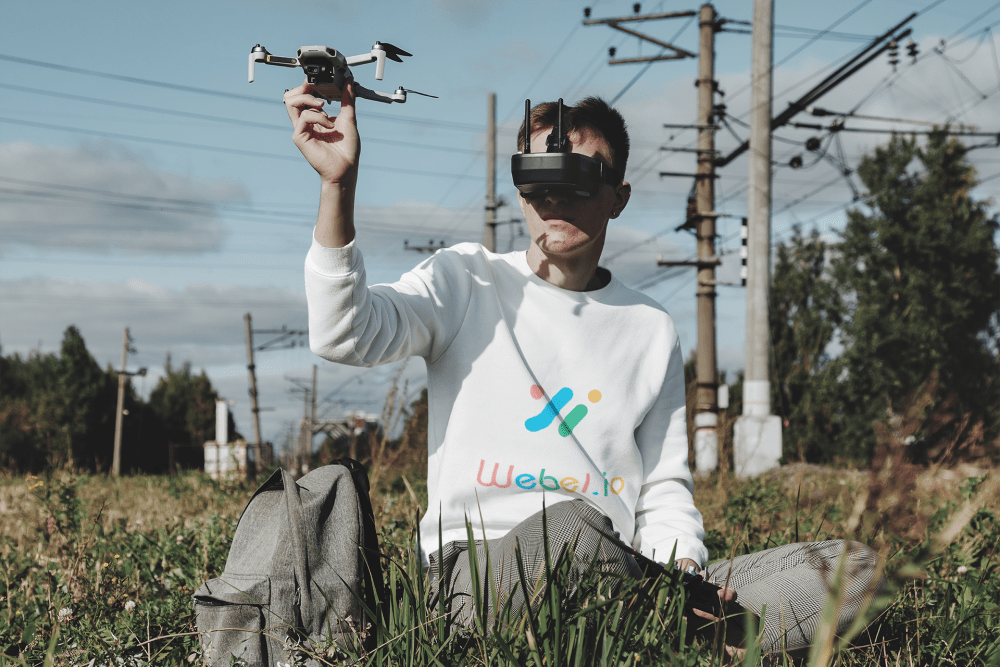
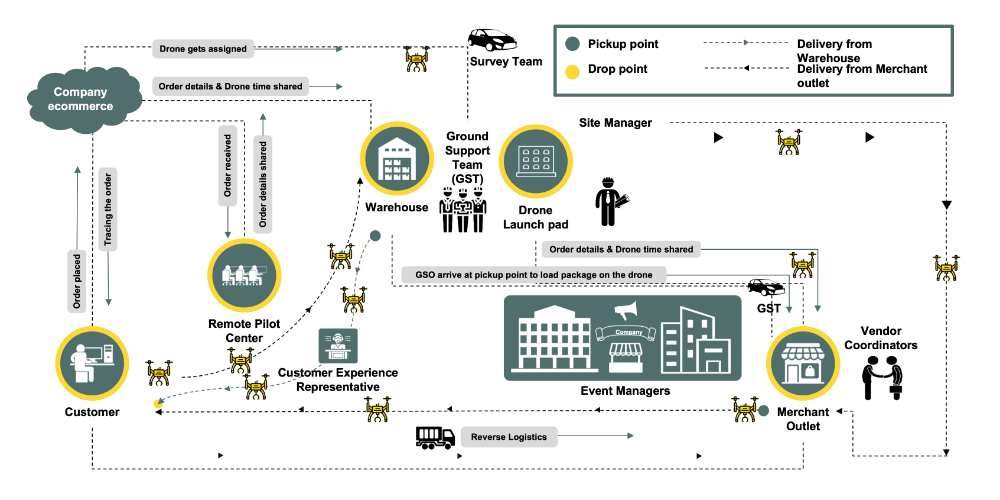
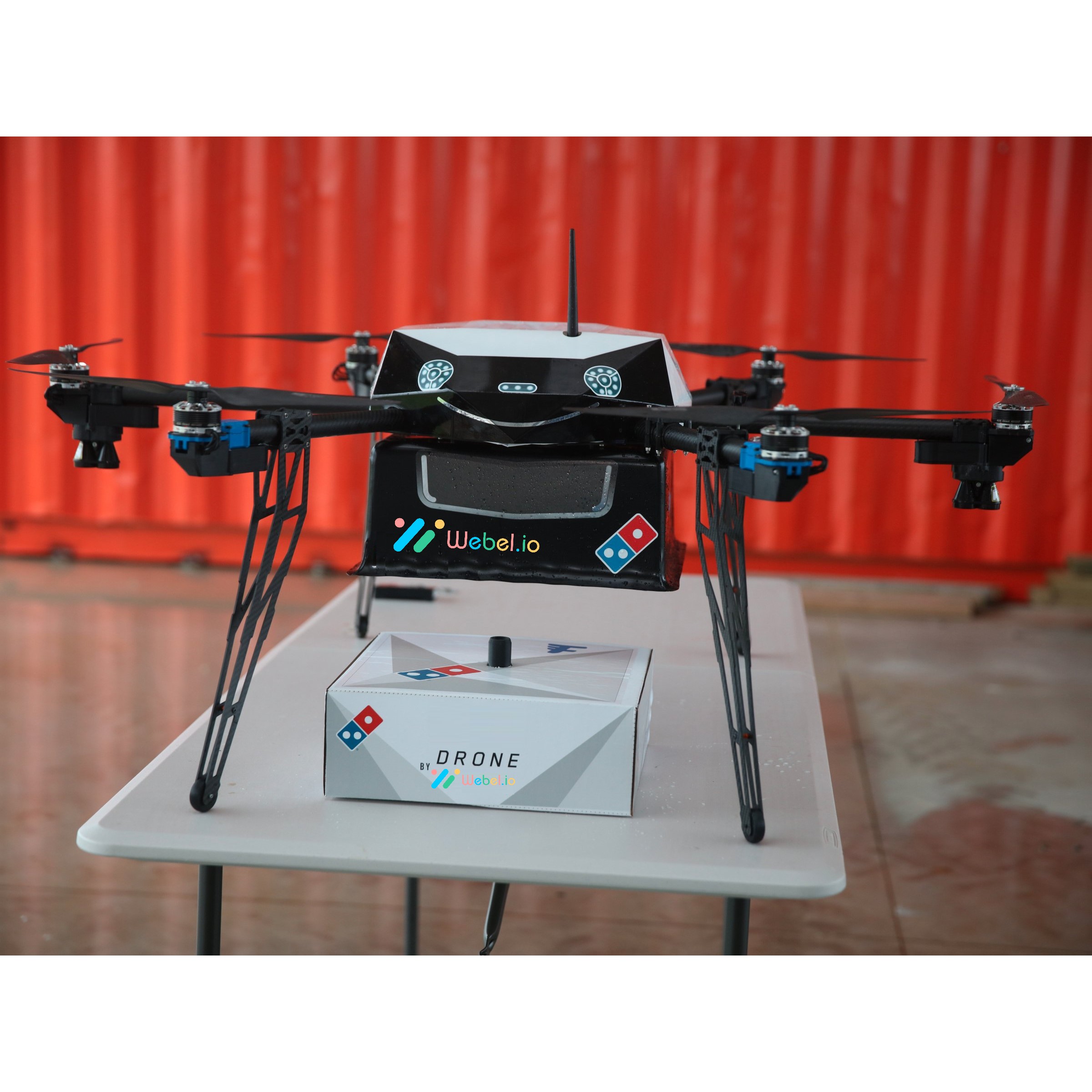
This is the heading
Lorem ipsum dolor sit amet, consectetur adipiscing elit. Ut elit tellus, luctus nec ullamcorper mattis, pulvinar dapibus leo.

This is the heading
Lorem ipsum dolor sit amet, consectetur adipiscing elit. Ut elit tellus, luctus nec ullamcorper mattis, pulvinar dapibus leo.

This is the heading
Lorem ipsum dolor sit amet, consectetur adipiscing elit. Ut elit tellus, luctus nec ullamcorper mattis, pulvinar dapibus leo.
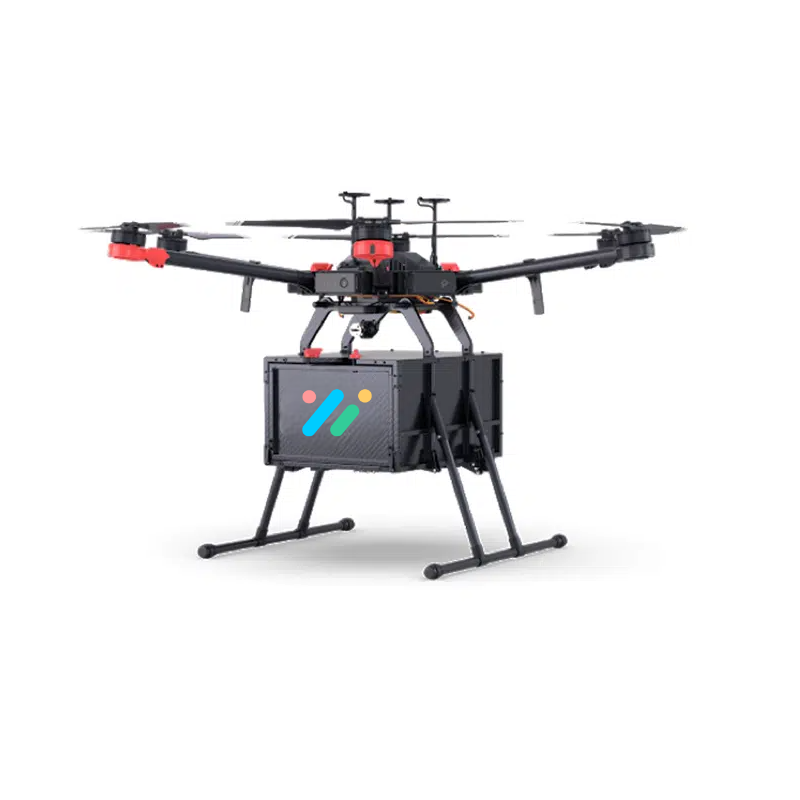
This is the heading
Lorem ipsum dolor sit amet, consectetur adipiscing elit. Ut elit tellus, luctus nec ullamcorper mattis, pulvinar dapibus leo.
Challenges for drone delivery providers
Legislative and regulatory issues: To keep a check on issues like altitude (drones cannot fly higher than 400 ft.), span of operation, the weight of the drone, privacy laws, navigable airspace.
Talent availability for scaled operations: There is limited availability of skilled and experienced resources in the drone delivery space.
Infrastructure: The initial implementation and set-up costs are high for drones. Setting up of drone launch pads, aligning the movement of drones with buildings and open operational spaces, licenses, battery charging facilities, software and technology, training facility, and research and development require high investments.
Public acceptance: Many consumers are still not ready to accept drone deliveries due to privacy, safety, and security concerns.
Weather impact: Efficient drone delivery operations are dependent on weather conditions like rain, wind, snow, etc.
Drone abuse: There are chances of theft of packages and potential damage to the drone equipment.
Support services required for drone delivery
Retail and logistics companies partner with specialist drone technology and service providers for their global operations and expansion plans. The experience and expertise of such providers support seamless delivery in a managed services model (See Figure 2). Providers support multiple areas of operations, such as:
1. Provide support in drone technological capabilities such as navigation management, detect & avoid (collision management system), integrated air traffic management system, etc. This enables cutting-edge technologies like artificial intelligence, machine learning, digital twins, etc.
2. End-to-end hiring and training of drone pilots and ground support operators with the required skills.
3. Marketing campaigns, research, and analytics.
4. Geospatial mapping and curation.
5. Supply chain management operations, such as order management, contract management, track and trace, customer service.
6. Data analytics and intelligent operations.

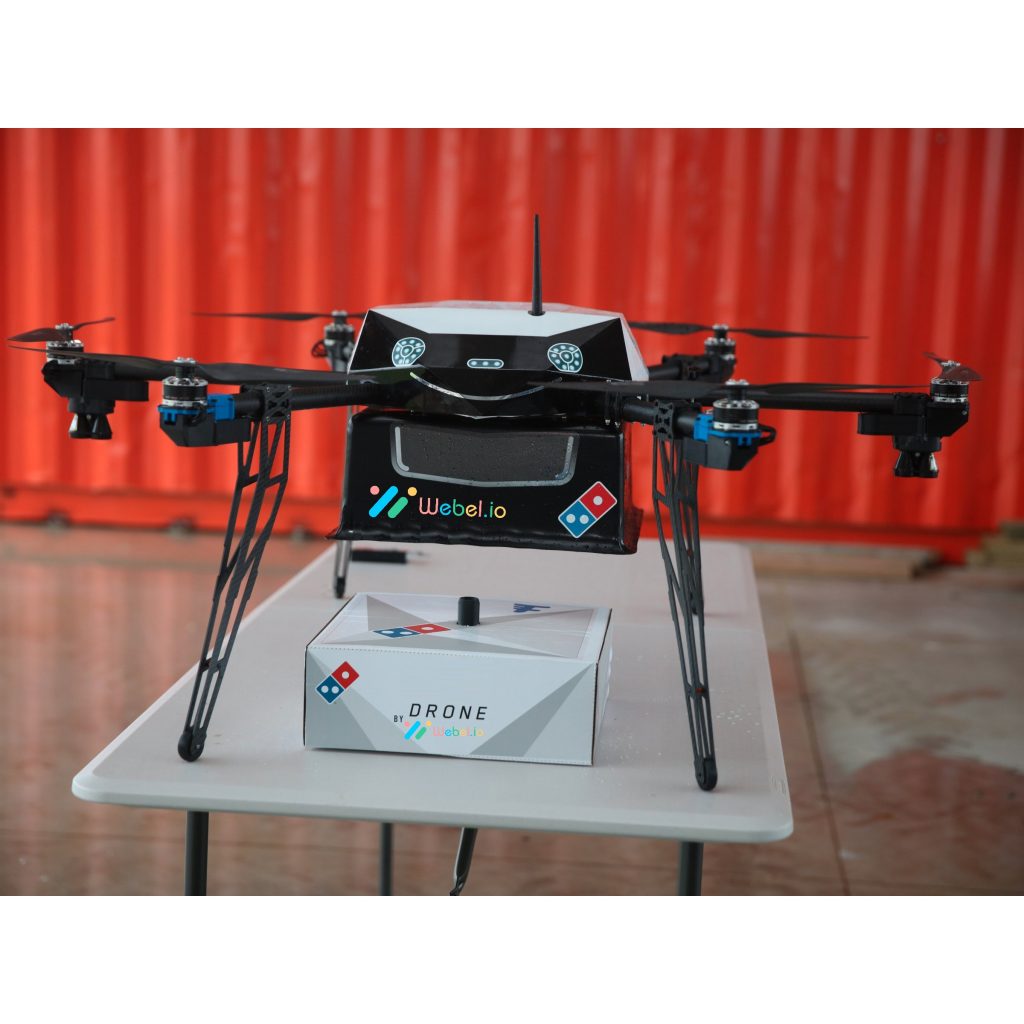
How Does Drone Delivery Systems Work?
Webelio offers an end-to-end experience for drone delivery operations. Store-front managers can create request delivery, the centralized drone delivery operator can plan, approve and launch the drone, while all the stakeholders including the recipient can track the live location of the drone and see the video feed from the onboard camera. It also provides autonomous vision-assisted precision landing on docking stations/charging-pads and precision hover at the delivery location for dropping the package from a safe distance.

Drone delivery systems have emerged as a promising technology in recent years. With the advancement of technology, drones have become more sophisticated, and the potential applications of drone technology have expanded. Drone delivery systems have gained significant attention due to their potential to revolutionize the way goods are transported and delivered. In this article, we will discuss the present and future of drone delivery systems.
Present:
The drone delivery system is still in its infancy, and companies are actively experimenting with various aspects of the technology. Several companies such as Amazon, Google, UPS, and DHL have invested heavily in the development of drone delivery systems. However, the regulatory framework governing drone operations has not kept pace with technological advancements, and as a result, the use of drones for commercial purposes is still limited.
Presently, drone delivery systems are mostly used for small packages and medical supplies. The primary advantage of drone delivery systems is that they can deliver packages quickly and efficiently, especially in remote areas with poor infrastructure. Drone delivery systems can also reduce transportation costs and carbon emissions.
Future:
The future of drone delivery systems is promising, and it is expected that drone delivery systems will become more prevalent in the coming years. The use of drone delivery systems will likely expand beyond small packages and medical supplies. Drone delivery systems have the potential to transform industries such as e-commerce, healthcare, and logistics.
One of the significant challenges facing the development of drone delivery systems is the regulatory framework governing drone operations. As technology advances, the regulatory framework will need to be updated to ensure the safe and efficient operation of drones.
Future drone delivery systems will likely be more sophisticated and autonomous, with the ability to navigate complex environments and interact with other drones and vehicles. The use of artificial intelligence and machine learning algorithms will enable drones to make better decisions and adapt to changing conditions.
Conclusion:
Drone delivery systems have the potential to transform the way goods are transported and delivered. The present use of drone delivery systems is limited, but the future of drone delivery systems is promising. The technology is expected to become more prevalent, and companies are investing heavily in the development of drone delivery systems. However, the regulatory framework governing drone operations will need to keep pace with technological advancements to ensure the safe and efficient operation of drones.
